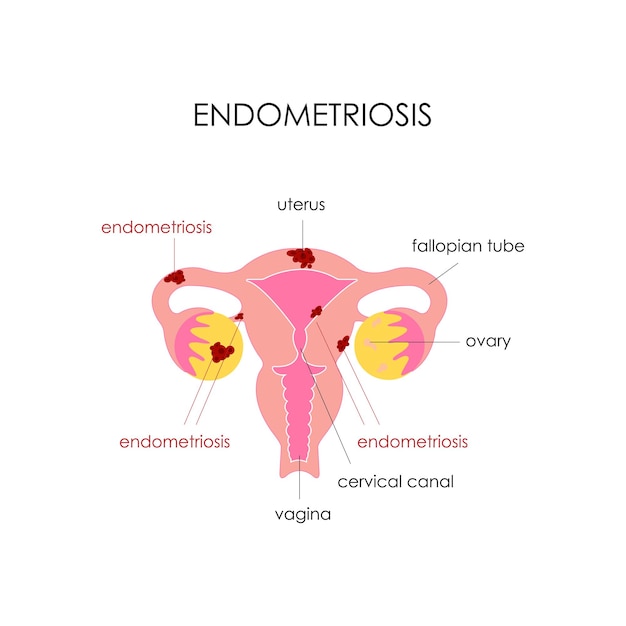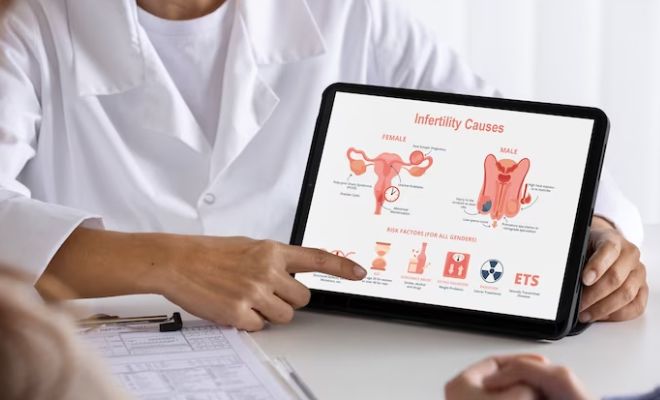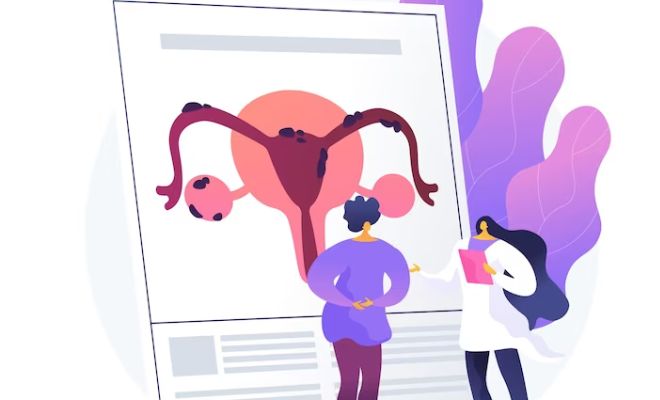How To Identify If You Have Endometriosis? Expert Gynaecologist Explains Signs And How To Deal With It
Endometriosis Can Be Very Tough To Manage!
Have you ever heard of a condition that affects millions of women around the world, causing pain, disruptions to daily life, and even fertility issues? If you don’t know it’s called endometriosis! From excruciating pain to unexpected challenges in the baby-making department, endometriosis has it all. And this is why we have sought advice from expert gynaecologist Dr Yuvraj Jadeja, a celebrity gynaecologist and co-founder at Nimaaya Healthcare.
1. Can You Explain What Endometriosis Is And How It Affects Women’s Health?
Endometriosis is a chronic condition where tissue similar to the lining of the uterus grows outside the uterus, causing various symptoms like pelvic pain, painful menstruation, and digestive issues. It can impact women’s mental and reproductive well-being. The exact cause is unknown, but factors like retrograde menstruation, hormonal imbalances, genetics, and the immune system may contribute to its development.
Also Read: Are Your Periods Getting Shorter Over Time? An Expert Gynaecologist Explains Why This Is Happening
2. What Are The Common Symptoms Of Endometriosis That Women Should Be Aware Of?
Common Symptoms Of Endometriosis Include:
a. Pelvic Pain: Chronic pain in the pelvic region, before/during menstruation, during intercourse, or during bowel movements/urination.
b. Painful menstruation: Intense menstrual cramps and heavy/irregular periods.
c. Pain during intercourse: Discomfort or pain experienced during sexual intercourse.
d. Infertility: Difficulties in getting pregnant, affecting around 30-40% of women with endometriosis.
e. Gastrointestinal and urinary symptoms: Digestive issues (bloating, constipation, diarrhoea) and urinary symptoms (frequent urination, pain while urinating).
These symptoms may vary in severity and it is recommended to consult a healthcare professional for evaluation and diagnosis.
3. How Is Endometriosis Diagnosed, And What Are The Typical Diagnostic Procedures Or Tests Involved?
Endometriosis is primarily diagnosed based on symptoms, especially pain. Severe cases and the presence of chocolate cysts or endometriomas can be easily detected through imaging techniques like ultrasound, CT, or MRI. A diagnostic laparoscopy, where an endoscope is inserted into the abdomen for visual inspection, is a confirmed diagnostic test, particularly for mild to moderate cases that may be missed on imaging.
Also Read: What Is A UTI? What Are Some Common Mistakes During Periods That Can Cause UTIs?
4. Are There Any Risk Factors Or Predisposing Factors That Increase The Likelihood Of Developing Endometriosis?
Endometriosis risk factors include:
a. Family history: Close relatives with endometriosis increase the risk, suggesting a genetic link.
b. Hormonal imbalances: Abnormal estrogen or progesterone levels contribute to endometriosis.
c. Early menstruation: Starting periods before age 11 raise the risk.
d. Short menstrual cycles: Cycles under 27 days provide more opportunities for retrograde menstruation.
e. Uterine abnormalities: Structural issues like a tilted uterus or cervical narrowing increase the risk.
f. Reproductive factors: Delayed or no pregnancy raises the risk, while childbirth may offer protection.
5. What Are The Available Treatment Options For Endometriosis, Both In Terms Of Managing Symptoms And Addressing The Underlying Condition?
To treat endometriosis, options include:
a. Lifestyle modifications: Focus on diet, exercise, stress management, and sleep patterns.
b. Pain medication: Prescribed to alleviate discomfort.
c. Hormonal therapies: Regulate estrogen levels using birth control pills, patches, or progestin-only options.
d. GnRH agonists/antagonists: Injectables that suppress ovarian function and lower estrogen levels.
e. Surgery: Laparoscopy to remove endometriosis lesions, laparotomy for severe cases, or hysterectomy as a last resort.
f. Assisted reproductive technologies (ART): IVF may be recommended for infertility.
While these factors increase risk, endometriosis can develop without them. Consult a healthcare professional if you suspect endometriosis or have symptoms for accurate diagnosis and management.























